In memoriam: Ettore Spalletti (1940-2019)
The celebrated ‘painter of light’ has passed away aged 79

He was always ‘somewhat of an outlier in the story of 20th-century Italian art’, but the artist Ettore Spalletti, who died aged 79 after suffering a heart attack at his home in Spoltore on the afternoon of 11 October, according to Italian newspaper il Centro, was revered in Italy and celebrated abroad as the ‘painter of light’.
The artist leaves behind an indelible imprint on the collective conscience, in the signature palette of gentle blues, greys and pinks he used to slowly and methodically cover his sculptures and canvases. Applying layers of paint for up to 20 days, the resulting colours are not mutable, giving his works the ‘ability to transform any environment they inhabit’.
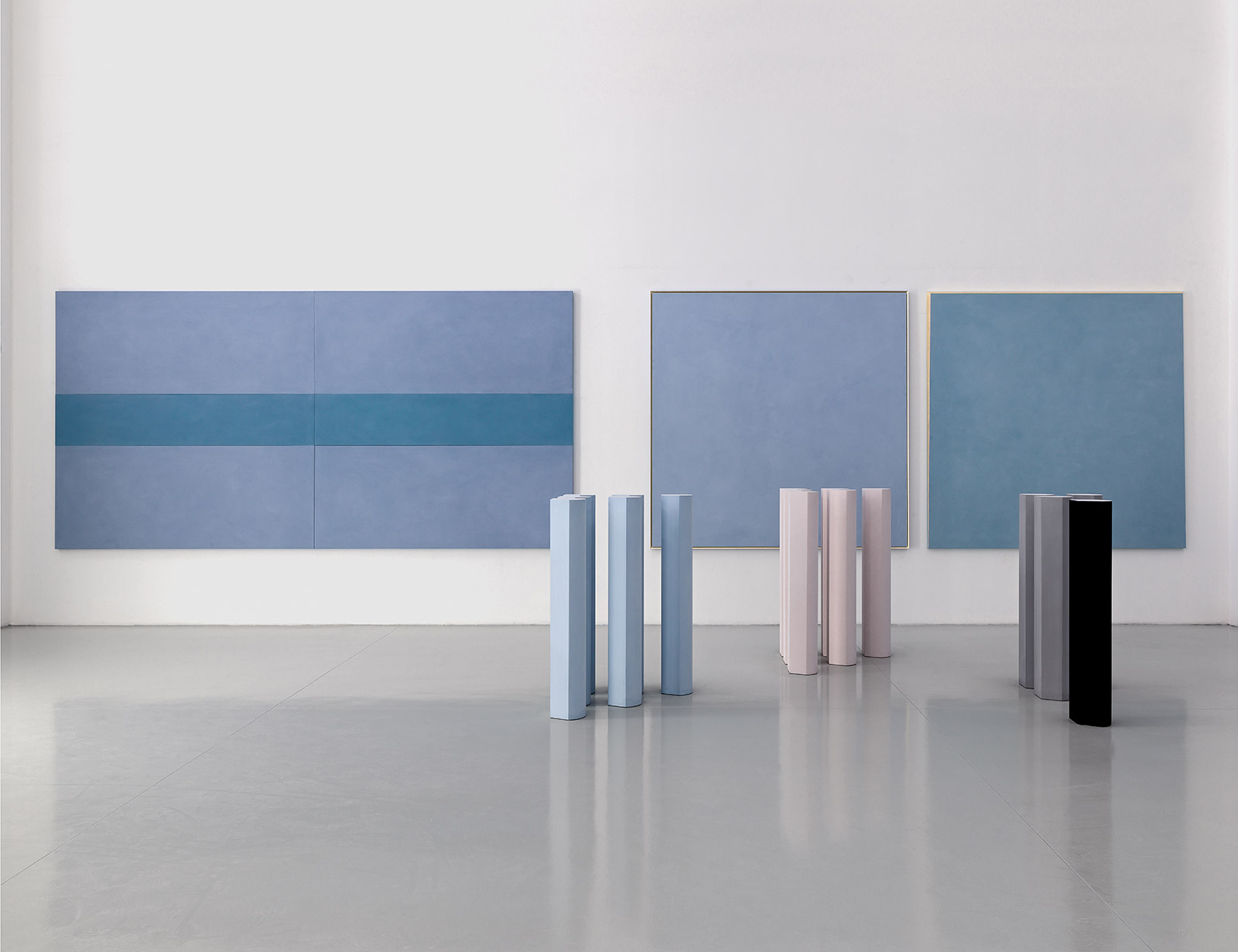
From left, on walls: Paesaggio 8, 2016; Il colore e l’Oro, Eco Rossoazzurro, 2016; Eco, Grigio, 2016. On floor: Movimento Trattenuto, 2001. Photography: Matteo Piazza
His practice was in keeping with the rhythm of his almost monastic life in Spoltore, Pescara, just five kilometres from Cappelle Sul Tavo – the town of his birth in 1940. Spalletti, unlike many internationally successful artists, never left Abruzzo. In a May 2016 interview with Wallpaper* (see W*206), Spalletti described sitting for hours watching the light move in his studio. Viewing his works — which often bathe the spectator in colour — recreates this effect of being suspended in time, watching clouds pass or rays of sun play their optical tricks.
As a man, Spalletti may have been contemplative and quiet, but that didn’t mean that as an artist he was detached. He was equally inspired by the people he met as he was by the mountains and the Adriatic coastline – landscapes that informed the atmosphere and light in his works, not unlike Turner, who Spalletti admired. There is an embracing warmth to his works, whether it’s strips of gold-leaf applied to the canvas or the fleshy-pink tones of columns that the artist says refer to the human figure.
RELATED STORY
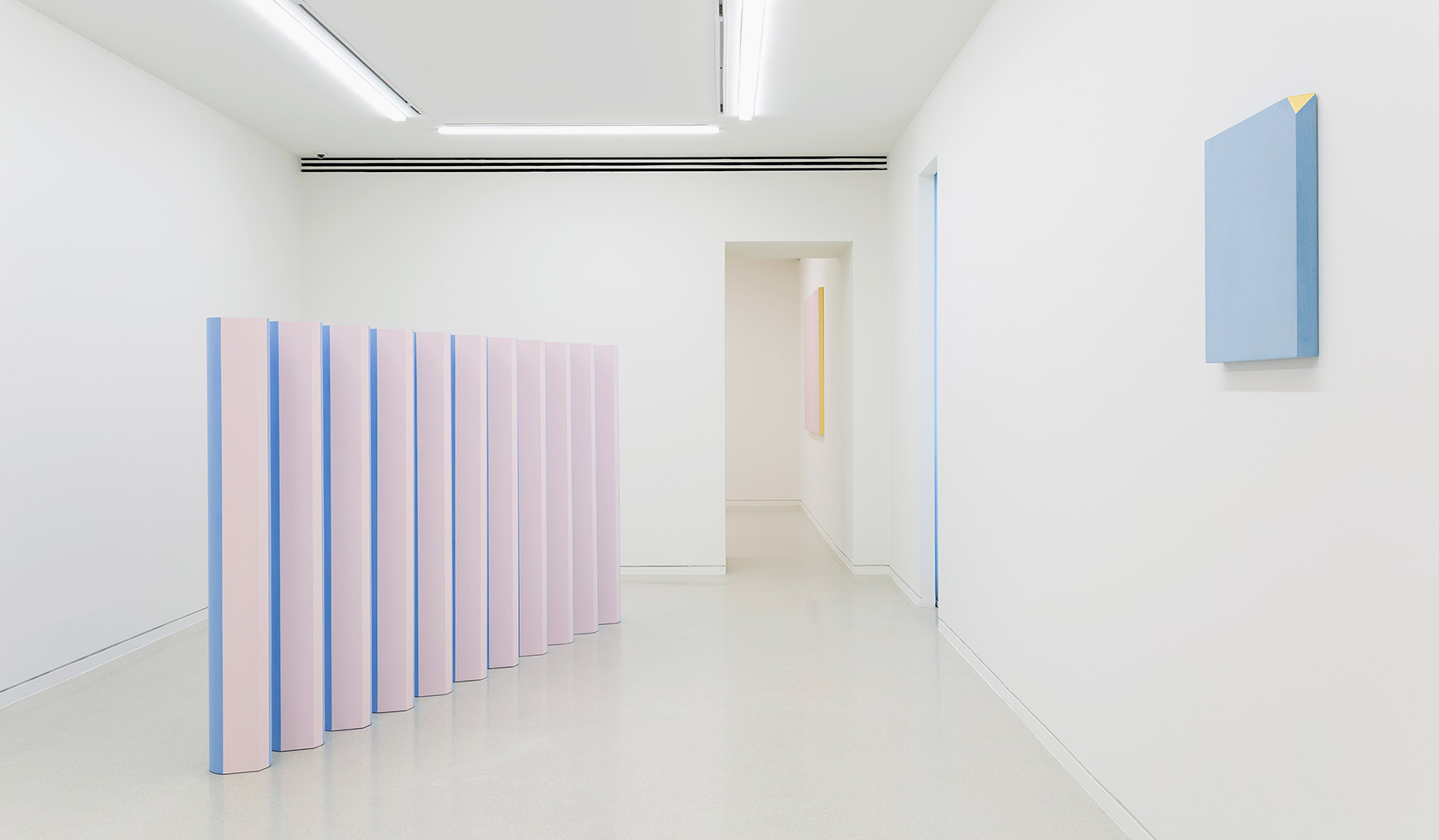
Spalletti attended art school in Pescara and was active as an artist from the 1970s, though he took a different path to his arte povera peers. He was unique, but successful early on, participating in Documenta in 1982 and later in 1992, in Kassel, Germany, and exhibiting at the Venice Biennale four times between 1982 and 1997. His refined vocabulary and clean lines meant Spalletti was frequently aligned with American minimalists, including a 1993 exhibition with Haim Steinbach at the Guggenheim Museum in New York. In 2014 his importance in shaping the discourse of contemporary art in Italy was recognised in a major three-part retrospective that took place at the MAXXI, Rome; the Museo MADRE, Naples; and the Galleria di Arte Moderna, Turin.
Other important moments in Spalletti’s 40-year career included a 2004 solo exhibition at Castello di Rivoli Museum of Contemporary Art, and in 2005 at the Henry Moore Institute, Leeds. He was also commissioned, in collaboration with his wife, the architect Patrizia Leonelli, to convert a building at Villa Serena, Pescara, into a chapel, completed in 2016. Earlier this year, Spalletti was the subject of a retrospective at the Nouveau Musée National de Monaco.
Spalletti was known for his ‘good manners, a quiet voice and a light step’ – qualities he attributed to his love of poetry and literature. He will also be remembered for the sublime elegance of his works, their colours extending into the infinite.
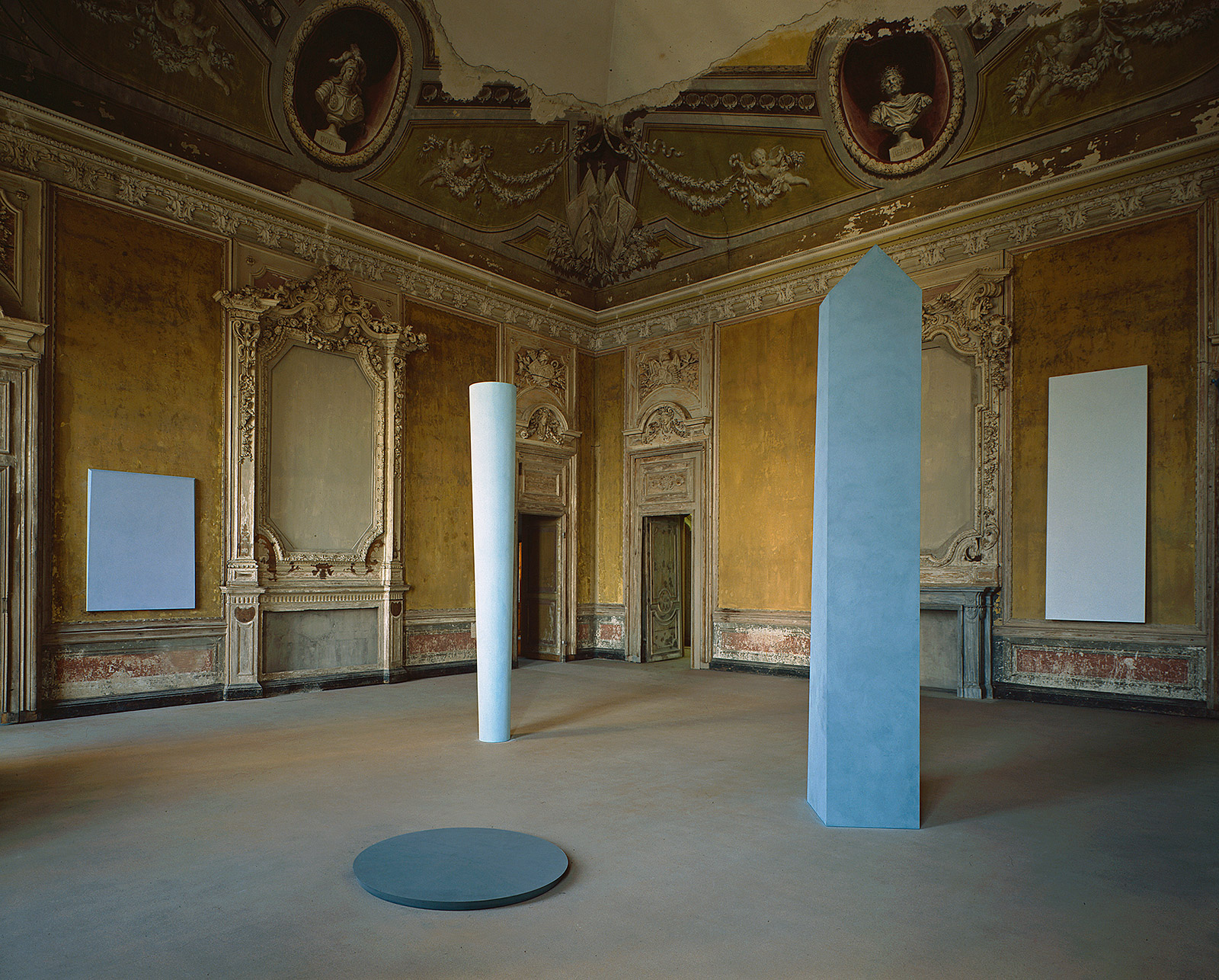
A view of Spalletti’s exhibition in Castello di Rivoli, Turin, in 1991
INFORMATION
Wallpaper* Newsletter
Receive our daily digest of inspiration, escapism and design stories from around the world direct to your inbox.
Charlotte Jansen is a journalist and the author of two books on photography, Girl on Girl (2017) and Photography Now (2021). She is commissioning editor at Elephant magazine and has written on contemporary art and culture for The Guardian, the Financial Times, ELLE, the British Journal of Photography, Frieze and Artsy. Jansen is also presenter of Dior Talks podcast series, The Female Gaze.
-
 A Xingfa cement factory’s reimagining breathes new life into an abandoned industrial site
A Xingfa cement factory’s reimagining breathes new life into an abandoned industrial siteWe tour the Xingfa cement factory in China, where a redesign by landscape specialist SWA Group completely transforms an old industrial site into a lush park
By Daven Wu
-
 Put these emerging artists on your radar
Put these emerging artists on your radarThis crop of six new talents is poised to shake up the art world. Get to know them now
By Tianna Williams
-
 Dining at Pyrá feels like a Mediterranean kiss on both cheeks
Dining at Pyrá feels like a Mediterranean kiss on both cheeksDesigned by House of Dré, this Lonsdale Road addition dishes up an enticing fusion of Greek and Spanish cooking
By Sofia de la Cruz
-
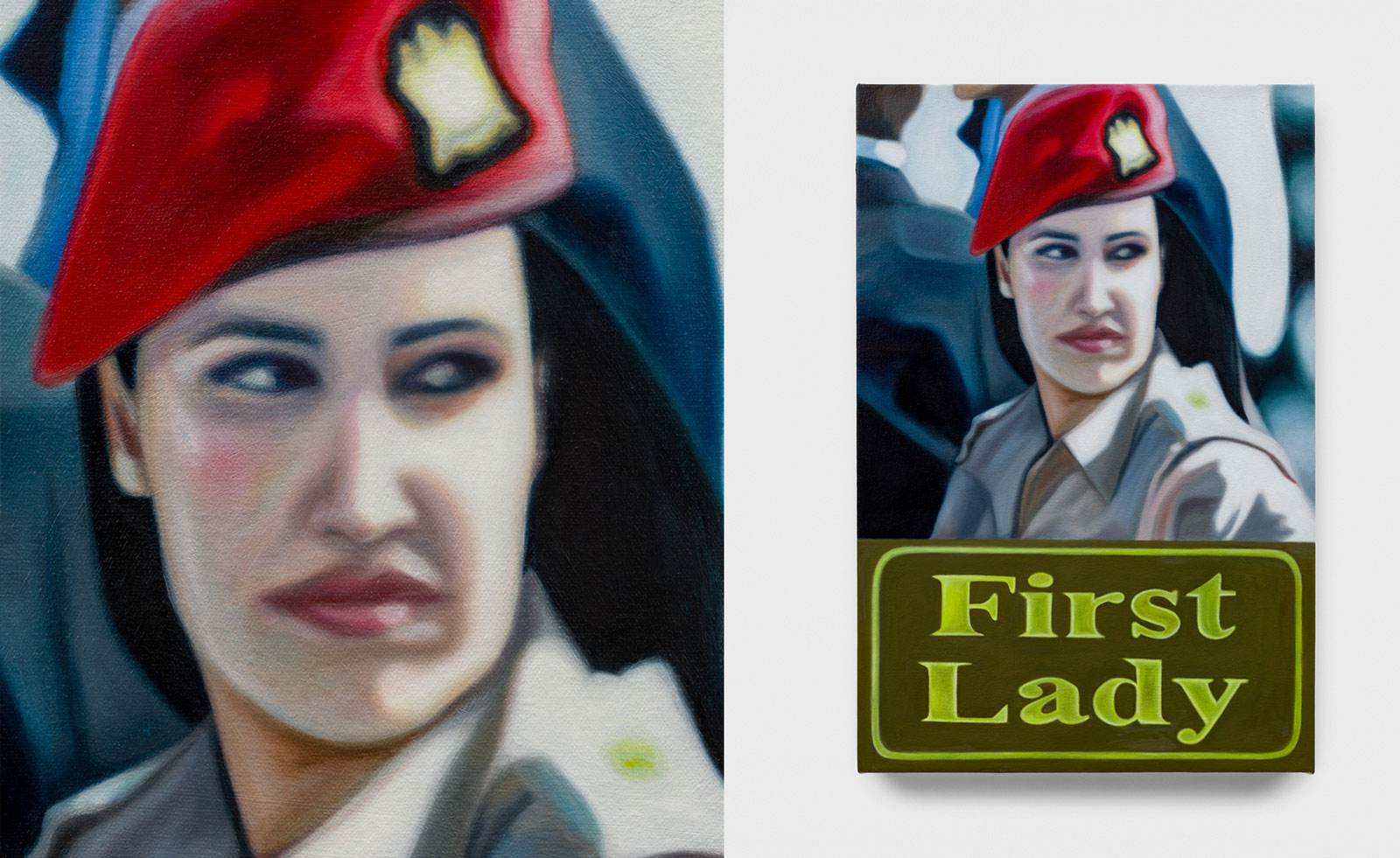 Tasneem Sarkez's heady mix of kitsch, Arabic and Americana hits London
Tasneem Sarkez's heady mix of kitsch, Arabic and Americana hits LondonArtist Tasneem Sarkez draws on an eclectic range of references for her debut solo show, 'White-Knuckle' at Rose Easton
By Zoe Whitfield
-
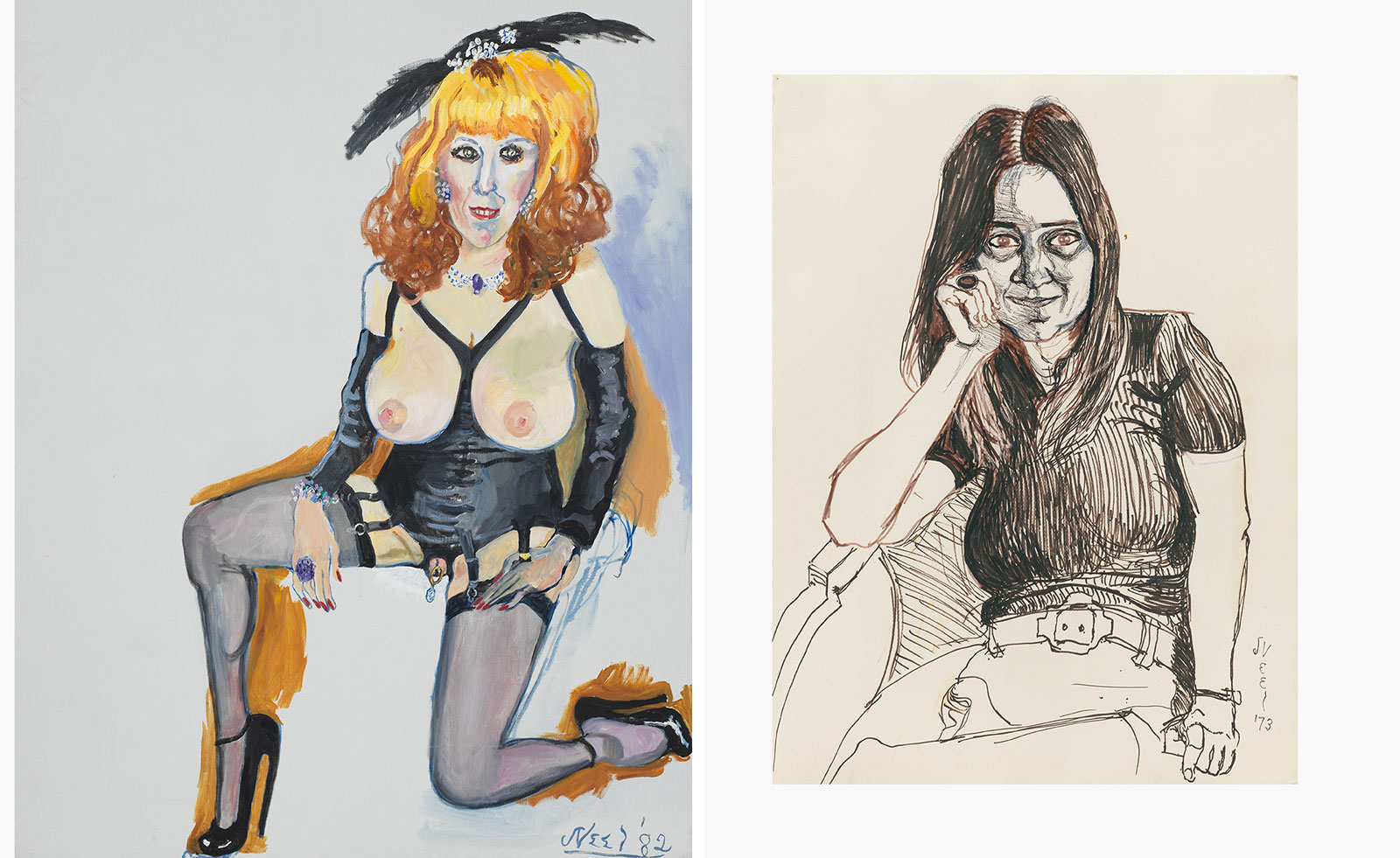 Alice Neel’s portraits celebrating the queer world are exhibited in London
Alice Neel’s portraits celebrating the queer world are exhibited in London‘At Home: Alice Neel in the Queer World’, curated by Hilton Als, opens at Victoria Miro, London
By Hannah Silver
-
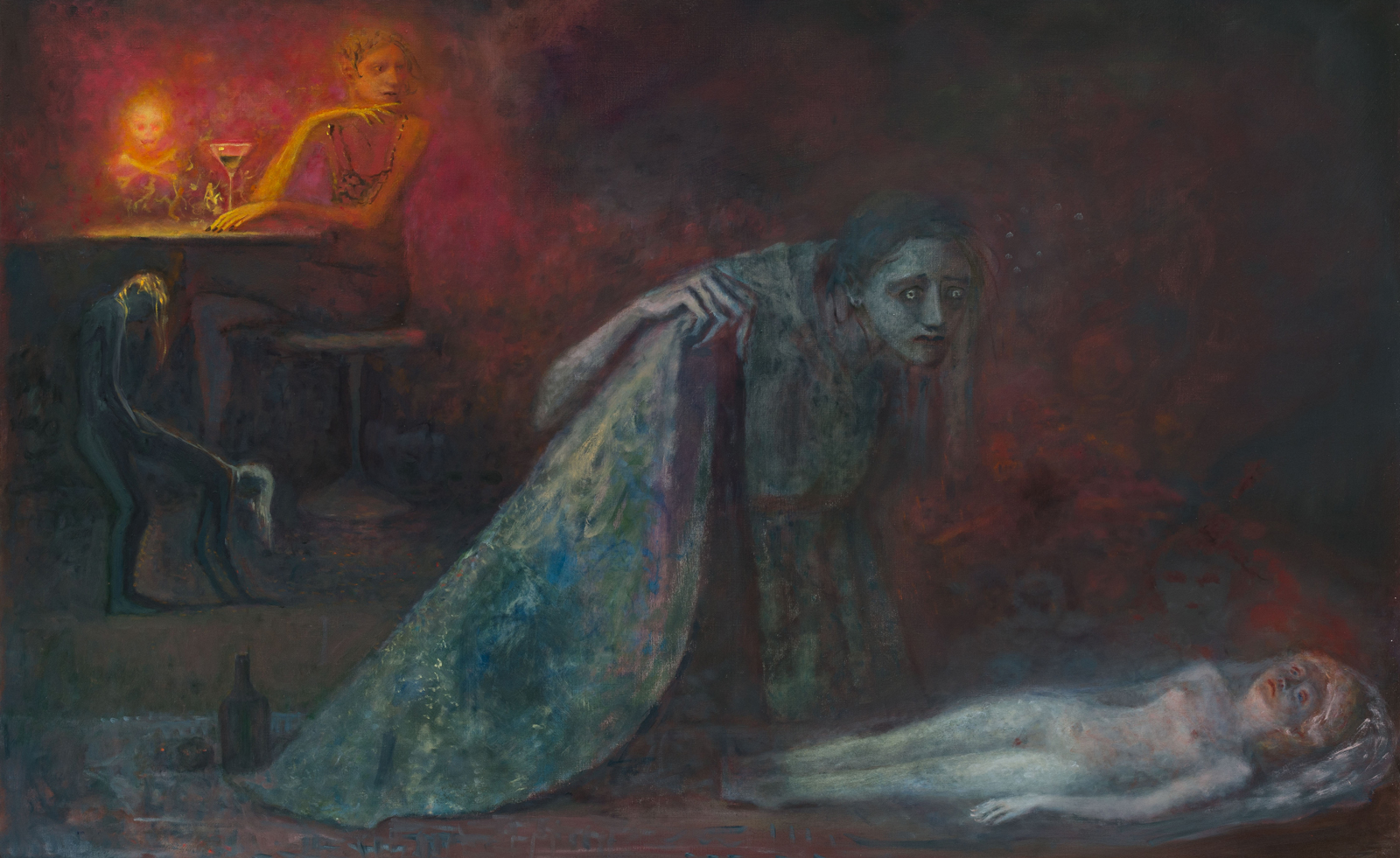 ‘You have to face death to feel alive’: Dark fairytales come to life in London exhibition
‘You have to face death to feel alive’: Dark fairytales come to life in London exhibitionDaniel Malarkey, the curator of ‘Last Night I Dreamt of Manderley’ at London’s Alison Jacques gallery, celebrates the fantastical
By Phin Jennings
-
 Remembering David Lynch (1946-2025), filmmaking master and creative dark horse
Remembering David Lynch (1946-2025), filmmaking master and creative dark horseDavid Lynch has died aged 78. Craig McLean pays tribute, recalling the cult filmmaker, his works, musings and myriad interests, from music-making to coffee entrepreneurship
By Craig McLean
-
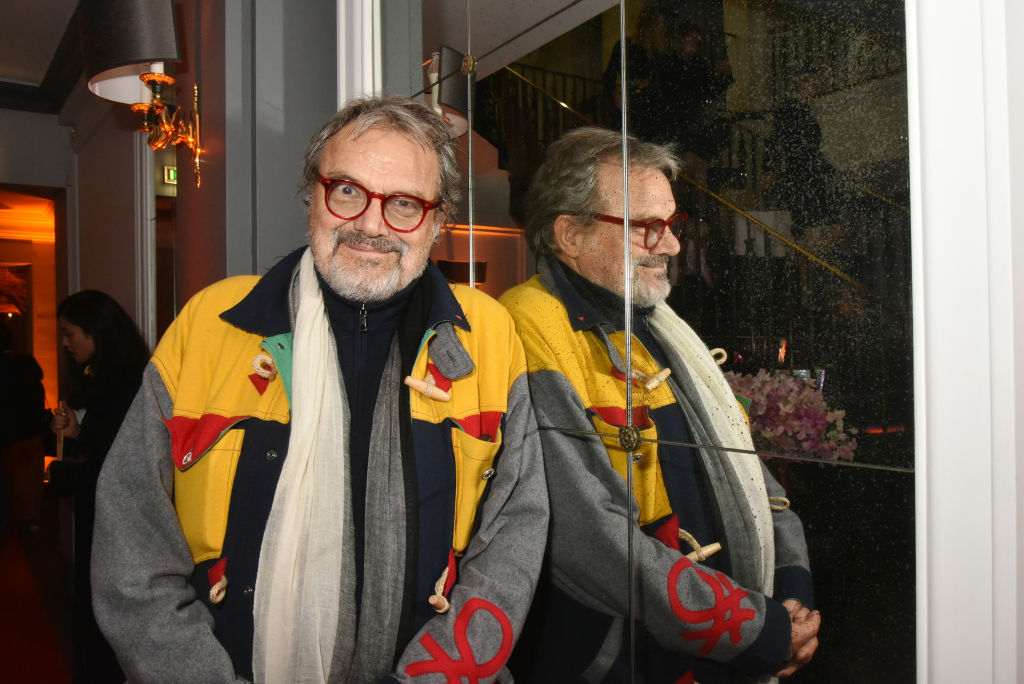 Remembering Oliviero Toscani, fashion photographer and author of provocative Benetton campaigns
Remembering Oliviero Toscani, fashion photographer and author of provocative Benetton campaignsBest known for the controversial adverts he shot for the Italian fashion brand, former art director Oliviero Toscani has died, aged 82
By Anna Solomon
-
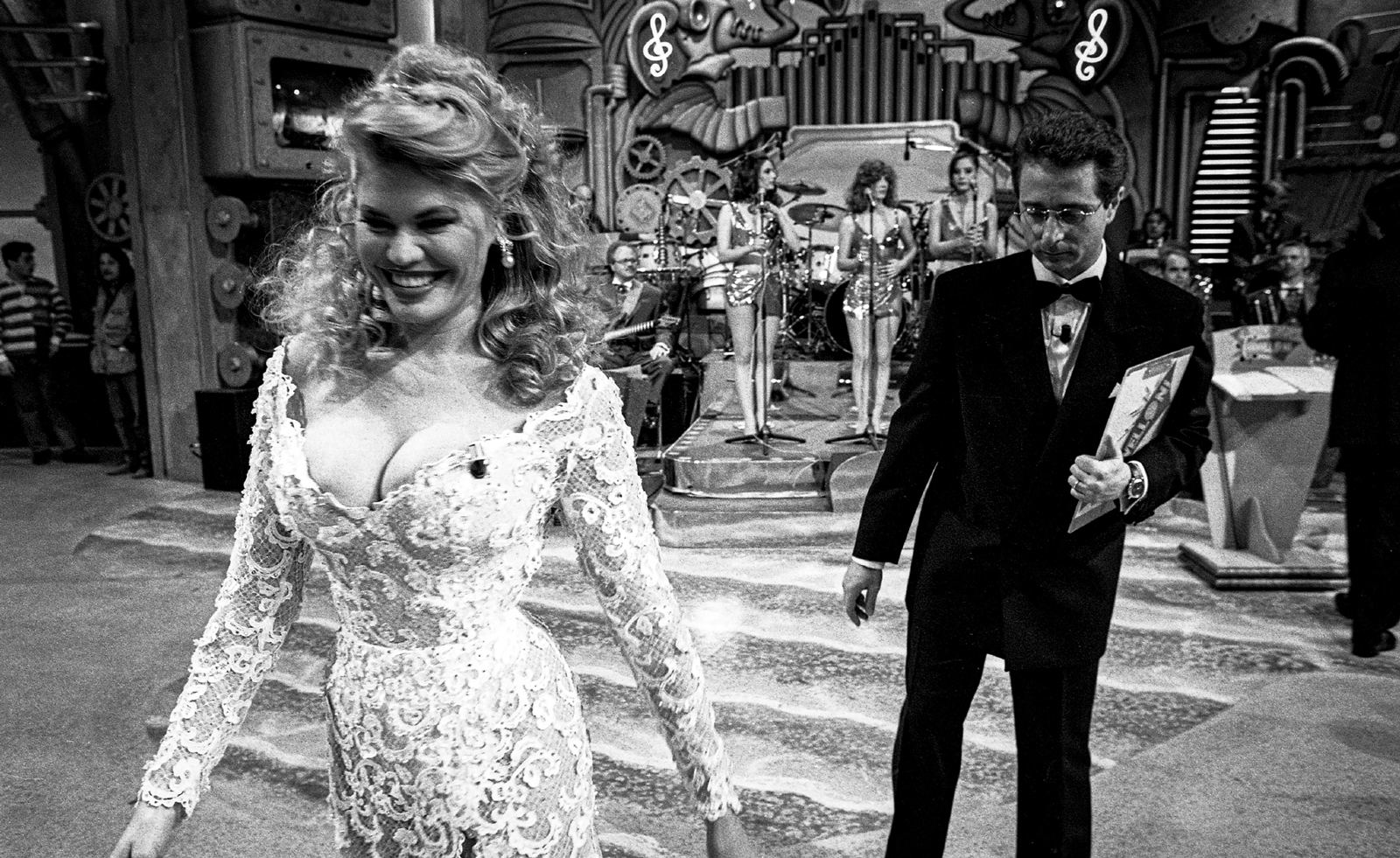 Distracting decadence: how Silvio Berlusconi’s legacy shaped Italian TV
Distracting decadence: how Silvio Berlusconi’s legacy shaped Italian TVStefano De Luigi's monograph Televisiva examines how Berlusconi’s empire reshaped Italian TV, and subsequently infiltrated the premiership
By Zoe Whitfield
-
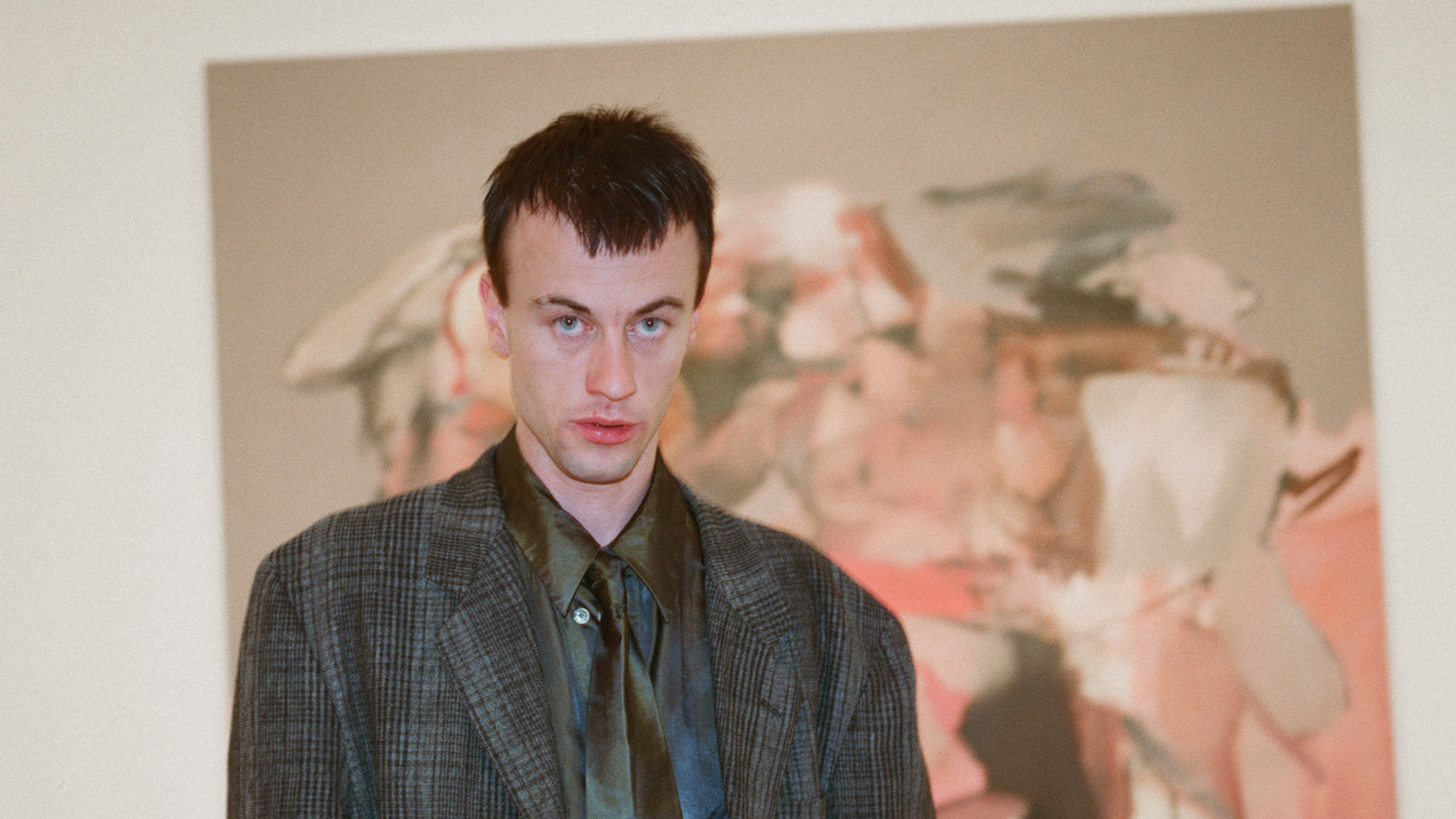 Inside the distorted world of artist George Rouy
Inside the distorted world of artist George RouyFrequently drawing comparisons with Francis Bacon, painter George Rouy is gaining peer points for his use of classic techniques to distort the human form
By Hannah Silver
-
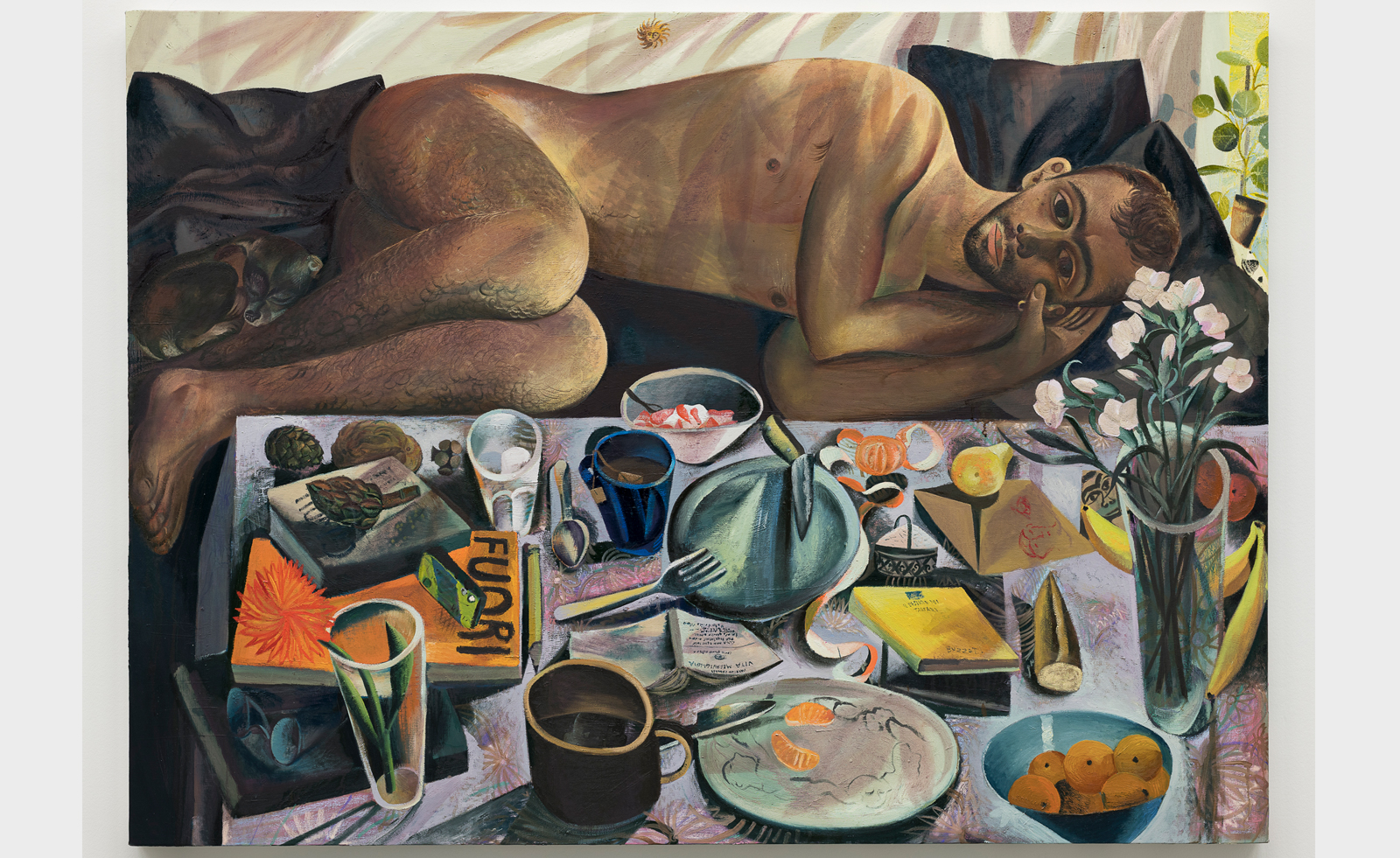 Louis Fratino leans into queer cultural history in Italy
Louis Fratino leans into queer cultural history in ItalyLouis Fratino’s 'Satura', on view at the Centro Pecci in Italy, engages with queer history, Italian landscapes and the body itself
By Sam Moore